
Tags
Loading...
Select from existing tags
Gustavus Hamilton (1710–1746), Second Viscount Boyne, in Masquerade Costume 1731
Gustavus Hamilton (1710–1746), who was Irish, succeeded in 1723 as Viscount Boyne. He and Edward Walpole, the second son of the powerful Whig prime minister Sir Robert Walpole, were in Venice from January to March 1730, enjoying the pleasures of the Carnival season, and Boyne was there again the following winter. There are three versions of the present portrait: the second...
- Credit:
- Courtesy of the Metropolitan Museum of Art
More from this artist...
Loading...
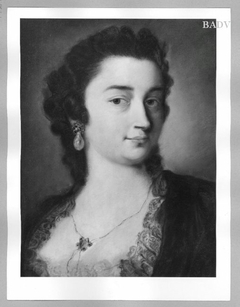
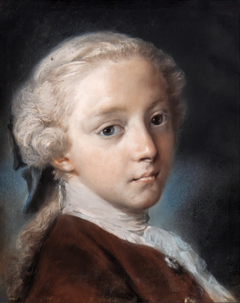
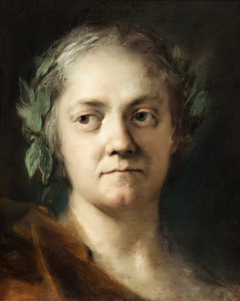

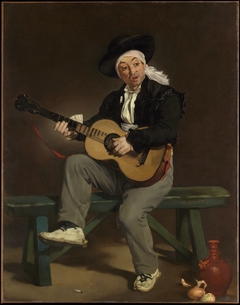

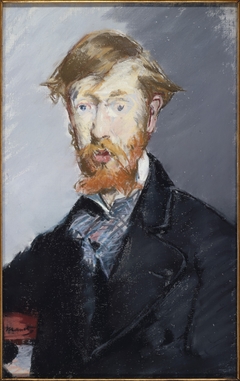



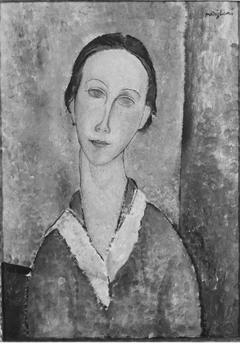
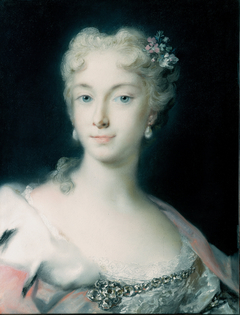
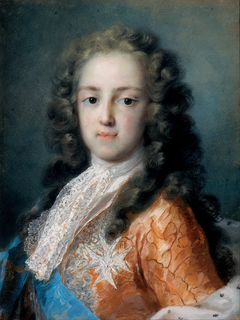

Discussion